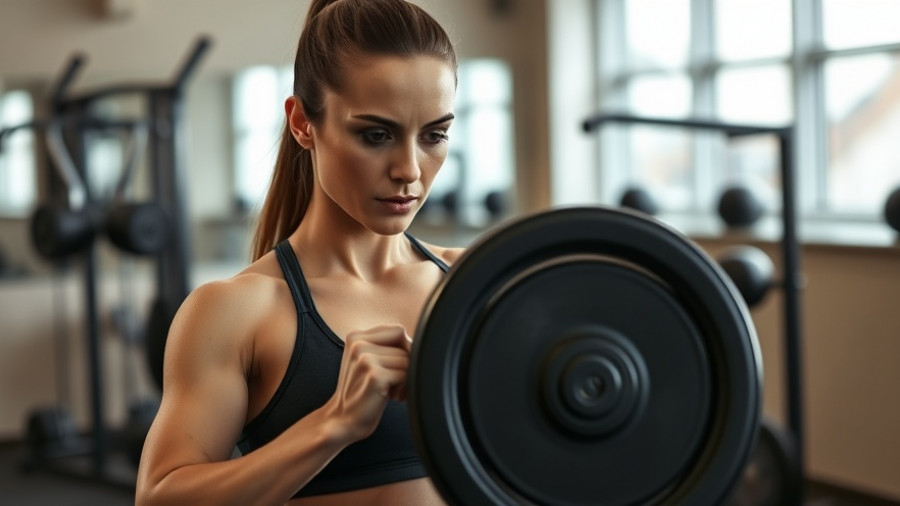
Understanding the Link Between Chronic Inflammation and Cancer
Chronic inflammation is not just an uncomfortable condition; it poses a serious threat of evolving into cancer, particularly for young people grappling with inflammatory bowel diseases (IBD) like Crohn's disease and ulcerative colitis. These diseases often manifest during a pivotal stage in life, typically between the ages of 15 to 29, impacting not just health, but education and early career development. This reality emphasizes the need for early diagnosis and effective treatment strategies.
New Insights into Therapeutic Targets
At Charité – Universitätsmedizin Berlin, researchers have pinpointed a crucial therapeutic target to combat chronic inflammation, significantly aiding the fight against these diseases. Traditional treatments have typically aimed at immobilizing the immune system entirely, but the focus is shifting. Newer strategies are emerging, targeting specific messenger substances that fuel inflammatory responses in the body. This evolution in treatment could furnish healthcare professionals and patients with more effective management options, potentially reducing the risk of cancer linked to chronic inflammation.
The Role of Genetics and Environment
Research indicates that while genetic predispositions certainly play a part, environmental factors are also pivotal. This interplay suggests that lifestyle and environmental changes could augment treatment efficacy and possibly prevent the onset of inflammation in susceptible individuals. Understanding these nuances can empower healthcare practitioners and fitness coaches to create tailored interventions that address not only the symptoms but also the underlying factors contributing to chronic inflammation.
Actionable Insights for Prevention
For tech professionals and entrepreneurs navigating a stressful environment, it is vital to understand how emotional stress exacerbates chronic inflammation. Implementing stress-reduction techniques and wellness strategies is imperative. Simple practices such as guided meditation, regular exercise, and a nutrient-rich diet can have profound advantages in mitigating these effects and promoting overall health.
Empowering Patients and Equipping Professionals
As research advances, professionals in healthcare, fitness, and entrepreneurship must stay updated on the evolving landscape of chronic inflammation treatments. Implementing these practices can reduce individual risk factors while enhancing overall health and productivity. Stay informed, and take action toward nurturing not just physical health but also emotional well-being.
 Add Row
Add Row  Add
Add 




Write A Comment